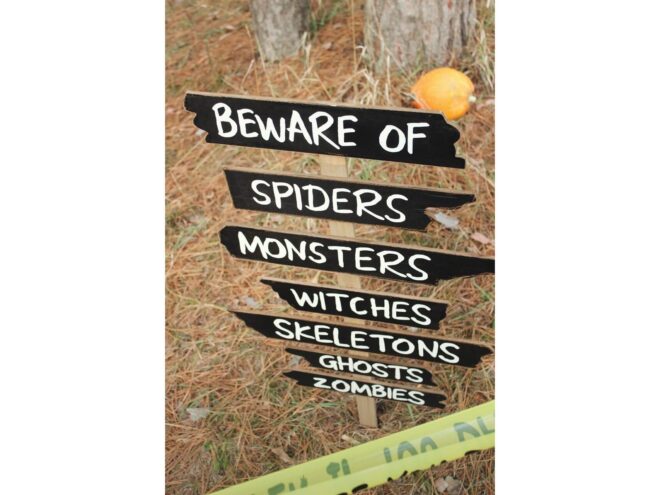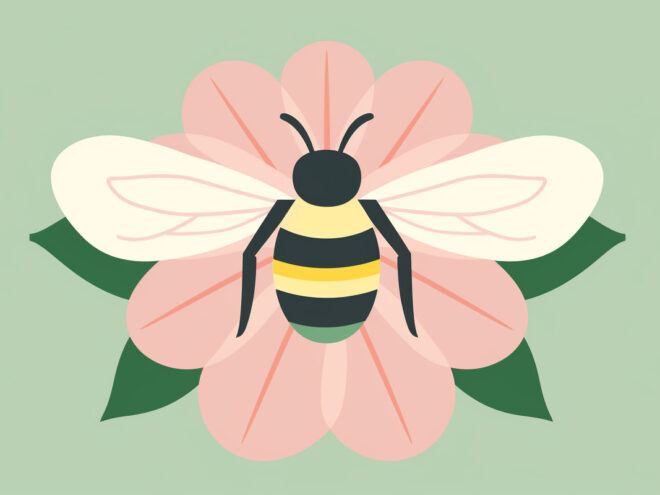DIY • 12/01/2023
How To Make Beeswax Wraps: Two Easy Ways

Revivalist is a reader-supported endeavor and our posts may contain affiliate links. When you buy through links on our site, we may earn an affiliate commission.
Beeswax wraps are an alternative method of covering food. They are chemical-free, washable, reusable and zero-waste. You can make them in different sizes and use them to store almost anything. You can make your own easily using an oven or an iron.
What Do People Use Beeswax Wraps For?
From the anti-inflammatory jackfruit salad you’ve prepared ahead of time, the half avocado leftover from your guacamole to sourdough bread or sandwiches, beeswax wraps are a convenient option for storing food and keeping it fresh for longer.
Reusable
If you buy or pack lunch every day for yourself or your family, you have probably paused once or twice and thought about the packaging it comes wrapped up in. Although it seems convenient, the amount of plastic or single-use packaging you use adds up. TC stat.
You can reuse beeswax wraps over and over. They are chemical-free, unlike plastic packaging, and if beeswax gets in your food, you can only benefit from it. Plus, using beeswax wraps is a step closer to zero-waste and sustainable living.
Antimicrobial
The TC in beeswax gives it antimicrobial properties. This prevents bacteria from growing and protects your food from going off quickly or developing mold – looking at you cheese block. Gone are the days of trying to repack your cheese block by wrapping it in the same piece of cling film. Your cheese will stay dry and fresh for longer when wrapped in beeswax wraps.
Keeps Bread Fresh
Trying to keep bread fresh is a universal experience. Everyone wants to keep their bread fresh, especially homemade sourdough bread. At best, plastic packaging keeps bread fresh for one or two days. Beeswax wraps can keep your bread fresh for longer because of their antimicrobial properties. They keep the bread fresh and dry, whether you’re storing it for later or making sandwiches to take to work.
So Long Soggy Salad
Like cheese, salad leaves and herbs tend to wilt or develop extra moisture in the fridge because of plastic packaging. With beeswax wraps, you won’t have to refresh your lettuce leaves in a bowl of water anymore or resort to freezing your spinach because it wilts after a day. Covering greens and herbs in beeswax wraps will keep them dry and fresh, ready for you to add them to your meals.
How to Make Beeswax Wraps
You may have seen beeswax wraps in an online store or watched a video explaining their benefits and uses, and now you want to try your hand at making them. They’re pretty simple to make, and you can choose whatever method is easier for you.
For each method you will need:
100% Cotton Fabric – Cotton fabric absorbs beeswax better, has just enough firmness and thickness to cover your foods while also being flexible. You can buy some at a fabric store, or better yet at a thrift store – hurray for sustainability. Clean and dry the fabric before cutting it and making the wraps.
Beeswax- There are several types of beeswax on the market. The most convenient are beeswax pellets, which require less work from you. The are ready to use and easy to measure or spread on the fabric for melting. If you’re looking for a less expensive option, buy a block of beeswax. You will just need to grate the beeswax before yo use it.
Baking Sheet – Use utility sheets for crafts or regular baking sheets.
Pinking Shears – These are optional. Some people choose to hem the fabric after they have cut it and some just use pinking shears to cut the fabric and give it scalloped edges. It’s up to you
Make Beeswax Wraps in the Oven
For this method, you will also need a paintbrush to spread the wax evenly onto the fabric once the wax has melted in the oven.
- Preheat your oven to 350℉
- Put the baking sheet over a baking tray and place the fabric face down.
- Spread grated beeswax or pellets on the cloth evenly. You need less than you think, so rather use a small amount at first than too much. It’s easier to heat up more wax than remove excess.
- Put your baking tray with the fabric and wax pellets into the oven. It only takes about two minutes for the wax to melt, so observe and take the baking tray out when it has softened.
- Spread the wax onto the fabric evenly with the paintbrush.
- Cool and dry on a drying rack
Make Beeswax Wraps With an Iron
With this method, you melt your wax and spread it onto the fabric all in one step.
- Lay a large piece of parchment paper or a baking sheet on the ironing board.
- Place the fabric on the sheet.
- Put even pieces of beeswax on the fabric.
- Cover the fabric and wax with another sheet of parchment or baking paper.
- Iron the fabric on the highest heat setting, ensuring the wax spreads evenly.
- If there are any wax-les patches, put some pellets or grated beeswax pieces and repeat them with the iron.
- Cool and leave to dry on a rack.
Tips for Using BeesWax Wraps
Now that you know how to make beeswax wraps, there are a few things you need to know about cleaning and maintaining your wraps.
Cool all food items before wrapping them – Since heat is what makes the wax stick to the fabric, it’s also what can make it come off. Before wrapping any food item, make sure that the food is cool.
Keep beeswax wraps in a cool, dry place – The wax can quickly melt from the heat in your car, the oven, the top of your microwave and direct sunlight. Ensure you store your wraps properly before and after use.
Clean with water soon after use – The best way to maintain your wax wraps is to clean them as soon as you finish. Wash in cool or lukewarm water with a mild soap and air dry.
Refresh the wraps every few months – With all the folding and wrapping and cleaning, your beeswax wraps may need a new coat of beeswax every year. If they start to crack or lose their flexibility, you know it’s time, To refresh, simply put them in the oven and brush the melted wax back into place.
Recycle when they reach their end of life – The benefit to using 100% cotton is that it’s biodegradable. When the wax wraps no longer work, you can cut them up and use them as firelighters for BBQ or put them in your compost.
Make Your Own Beeswax Wraps and Keep Food Fresh For Longer
From sourdough bread to salads, you can use beeswax wraps as a washable, reusable storage option that keeps food fresh for longer.
Subscribe to Our Weekly Newsletter
We would love to connect deeper with you!


